Zugzwang: How It Works and Why It Matters in Chess - Remote Chess
Por um escritor misterioso
Last updated 08 novembro 2024

In chess, zugzwang is a German term that refers to a situation where a player is forced to make a move that will weaken their position or result in a significant loss of material. It is a tactical motif that is often found in endgame positions and can be extremely powerful in determining the outcome of a game. Zugzwang is a common occurrence in chess, and it is essential for players to understand how it works and how to avoid or create it. In this article, we will take a closer look at zugzwang in chess, how it works, and some examples of how it can be used in play. What Is Zugzwang in Chess? Zugzwang is a term that is often used to describe a situation where one player is forced to make a move that will weaken their position or result in a significant loss of material. This situation often occurs in endgame positions where there are few pieces on the board. In a game of chess, each move you make will either improve your position, maintain it, or weaken it. In a zugzwang situation, all the available moves will weaken the player’s position, making it challenging to find a good move to play. Zugzwang can occur both in the middle game and the endgame, but it is more commonly seen in the endgame, when there are fewer pieces on the board. Examples of Zugzwang in Chess In the above position, Black is out of moves. Any king move will lead to White using his king to support his pawn to promote to a queen. The Immortal Zugzwang Game We can’t talk about zugzwang without talking about this legendary game. Usually, zugzwang occurs in an endgame; but in this case, it occurred in a middlegame. The game played in 1923, between Friedrich Saemisch and Aron Nimzowitsch has gone down in history as the ‘Immortal Zugzwang Game‘. The critical moment of the game occurred when Nimzowitsch played the seemingly brilliant move, …h6!! leaving Saemisch in a zugzwang. Take a look at the below position. Nimzowitsch had the option of moving his king back and forth while waiting for Saemisch to make a move that would result in a loss of material. For instance, if Saemisch played Rc1, he would lose the queen to Re2. If he played Kh2, he would lose the queen to R5f3. Even g4 would lead to a loss after …R5f3 Bxf3 Rh2#. In essence, Saemisch was in a zugzwang situation, where he had no moves left that would not result in a loss. Can You Skip a Move in Chess? You are unable to skip a move if you don’t like any of your options. If you are unable to move and you are not in check, then the game ends in a stalemate. How to Create a Zugzwang Position Creating a zugzwang position can be a powerful tool in chess, as it can force your opponent to make a move that will weaken their position or result in a significant loss of material. To create a zugzwang position, you need to understand the position’s dynamics and identify the moves that will force your opponent into a difficult situation. One way to create a zugzwang position is to restrict your opponent’s mobility and force them to make a move that will weaken. Creating a zugzwang position in chess is not an easy task. However, it is an essential part of chess strategy, and being able to create zugzwangs can often lead to winning games. In this section, we will discuss some techniques for creating zugzwang positions in chess. Restricting Mobility One way to create a zugzwang position is by restricting the mobility of your opponent’s pieces. By limiting the available squares for your opponent’s pieces, you can force them to move a piece to a less desirable square, putting them in a worse position. For example, placing a pawn on a central square like e5 or d5 can often restrict the movement of the opponent’s pieces. Exchanging Pieces Another way to create a zugzwang position is by exchanging pieces. This can often be achieved by forcing your opponent to exchange pieces, leaving them with a weaker position. By exchanging pieces, you can also create open files and diagonals, which can be used to attack your opponent’s position. Pawns Pawns are an essential part of chess, and they can be used to create zugzwang positions. By advancing your pawns, you can create weaknesses in your opponent’s position, forcing them to make a move they don’t want to make. Positional Sacrifices Making a positional sacrifice can sometimes be an excellent way to create a zugzwang position. By giving up a piece or pawn, you can create weaknesses in your opponent’s position, which can be exploited later. This type of sacrifice is often used in endgame positions, where material is less important than position. Threats Making threats can also be a useful way to create a zugzwang position. By threatening to win material or checkmate, you can force your opponent to make a move they don’t want to make. Conclusion Creating a zugzwang position in chess requires a deep understanding of the game’s strategic elements. By using the techniques mentioned above, you can create a position where your opponent is forced to make a bad move, leading to a stronger position for you. Zugzwang positions often arise in endgame positions, where both sides have limited material, and each move becomes critical. Understanding how to create zugzwang positions can be the difference between winning and losing a game, so it’s an essential concept to master for any serious chess player.

The Fish That Roared
Videos - Internet Chess Club

Zugzwang: How It Works and Why It Matters in Chess - Remote Chess Academy

Chess
Videos - Internet Chess Club
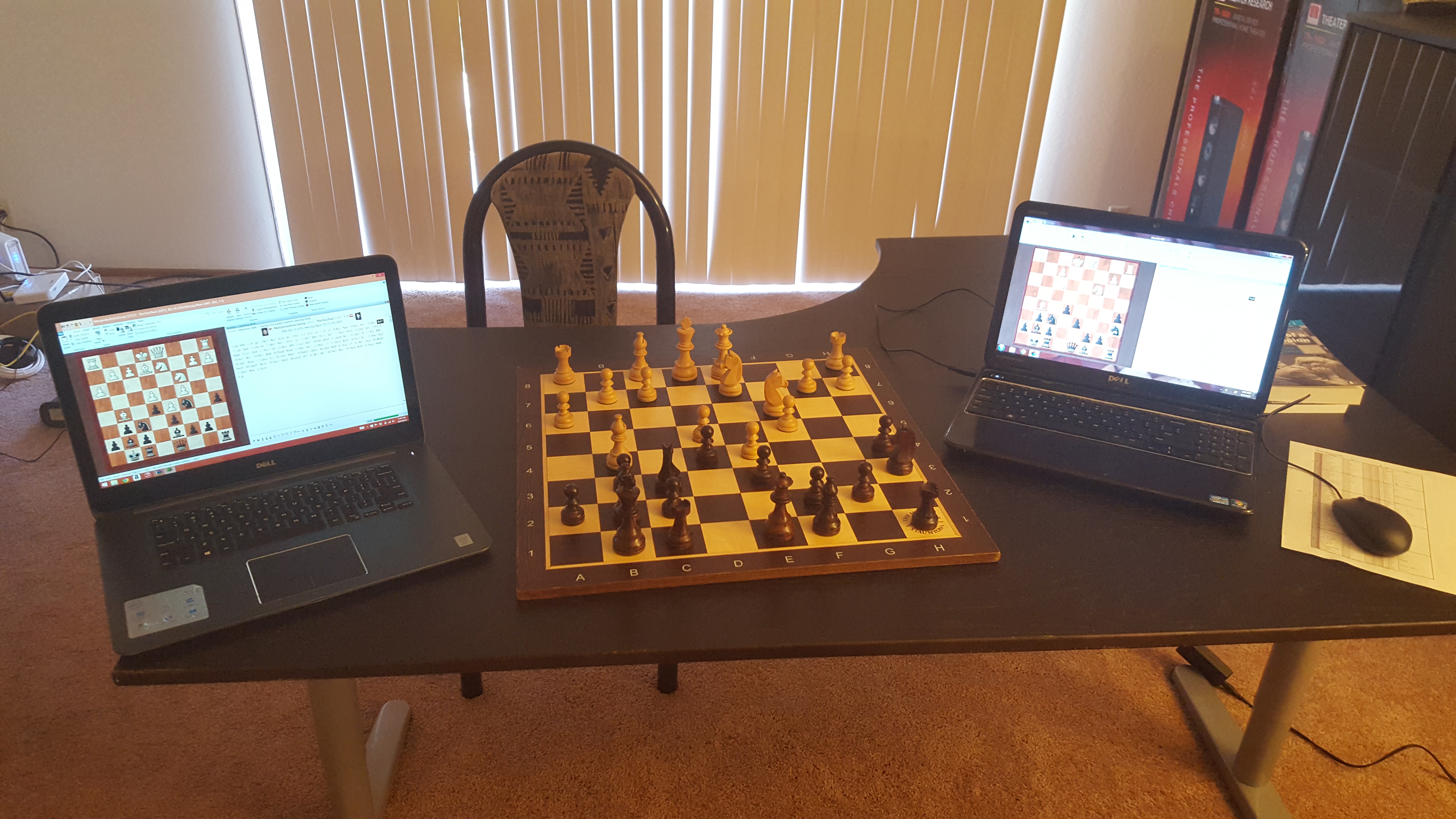
Kostya's Chess Eurotrip: Two Months, Four Tourneys, Six Cities and 38 Games of Chess

Zugzwang in Chess (The Beginner's Guide) - Chessable Blog
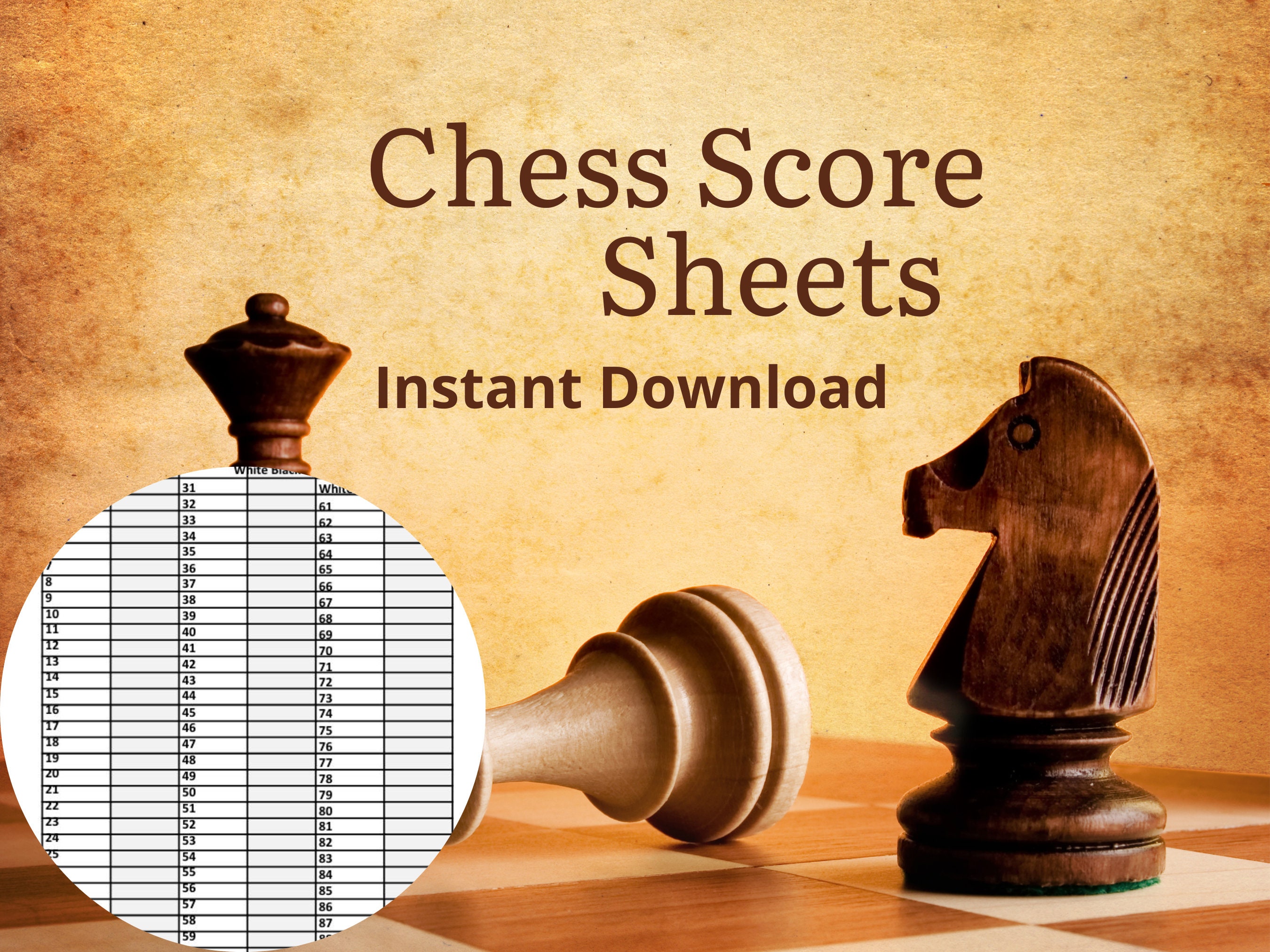
Chess Moves Sheet

2021 FIDE World Cup (Sochi, Russia) - The Chess Drum
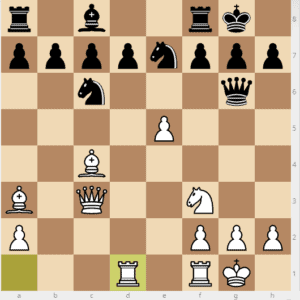
What is Zugzwang and How Can You Win Chess Games With This Idea - RagChess

The Chess Boom and Chess Elitism
What life lessons can one learn from a game of chess? - Quora

Chess Artistry Adventure Part II - Deeper Into the Jungle - ChessBase India
Recomendado para você
-
 Zugzwang: A Pivotal Concept in Chess Strategy - PPQTY08 novembro 2024
Zugzwang: A Pivotal Concept in Chess Strategy - PPQTY08 novembro 2024 -
 Learn to Play Chess with Us08 novembro 2024
Learn to Play Chess with Us08 novembro 2024 -
 Zugzwang - ChessKid.com's Word of the Day #WordOfTheDay08 novembro 2024
Zugzwang - ChessKid.com's Word of the Day #WordOfTheDay08 novembro 2024 -
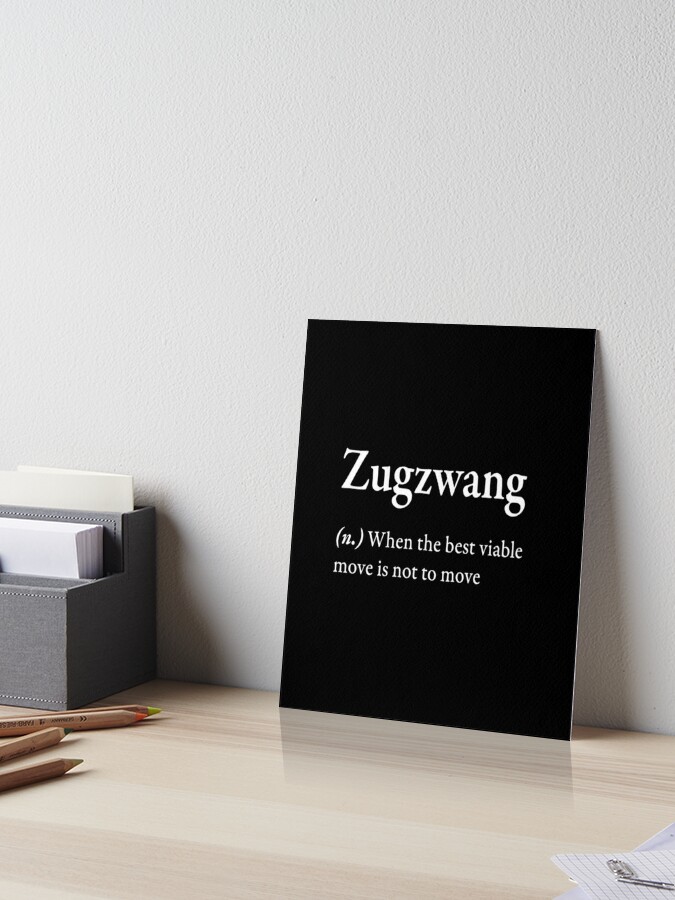 Zugzwang (n) when the best viable move is not to move | Art Board Print08 novembro 2024
Zugzwang (n) when the best viable move is not to move | Art Board Print08 novembro 2024 -
 Zugzwang, Chess Terms08 novembro 2024
Zugzwang, Chess Terms08 novembro 2024 -
 Cliff Pickover on X: Don't you love the word Zugzwang? Most of us08 novembro 2024
Cliff Pickover on X: Don't you love the word Zugzwang? Most of us08 novembro 2024 -
 Is this zugzwang? : r/chess08 novembro 2024
Is this zugzwang? : r/chess08 novembro 2024 -
Wednesday Word: Zugzwang08 novembro 2024
-
What is a 'zugzwang' situation in chess? - Quora08 novembro 2024
-
![Movie] Mr. Nobody: Choices](https://gaara4896.github.io/images/post/2018-09/zugzwang.jpg) Movie] Mr. Nobody: Choices08 novembro 2024
Movie] Mr. Nobody: Choices08 novembro 2024
você pode gostar
-
 Quebra-cabeça educativo das sílabas em 2023 Atividades de alfabetização, Atividades alfabetização e letramento, Atividades alfabetização para imprimir08 novembro 2024
Quebra-cabeça educativo das sílabas em 2023 Atividades de alfabetização, Atividades alfabetização e letramento, Atividades alfabetização para imprimir08 novembro 2024 -
 25cm scp-173 Plush Doll SCP: Containment Breach anime Toy Horror08 novembro 2024
25cm scp-173 Plush Doll SCP: Containment Breach anime Toy Horror08 novembro 2024 -
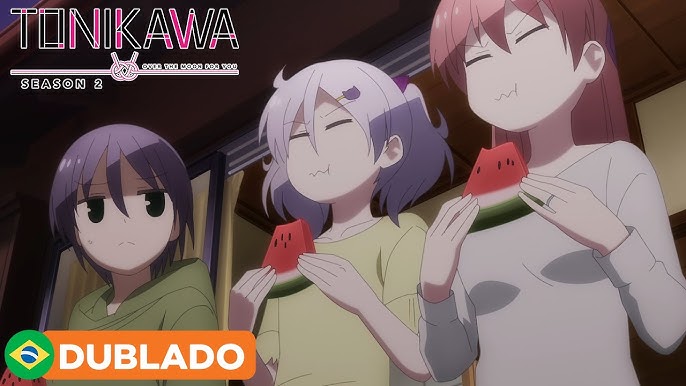 Tsukasa e Nasa adotam um gatinho TONIKAWA: Over The Moon For You08 novembro 2024
Tsukasa e Nasa adotam um gatinho TONIKAWA: Over The Moon For You08 novembro 2024 -
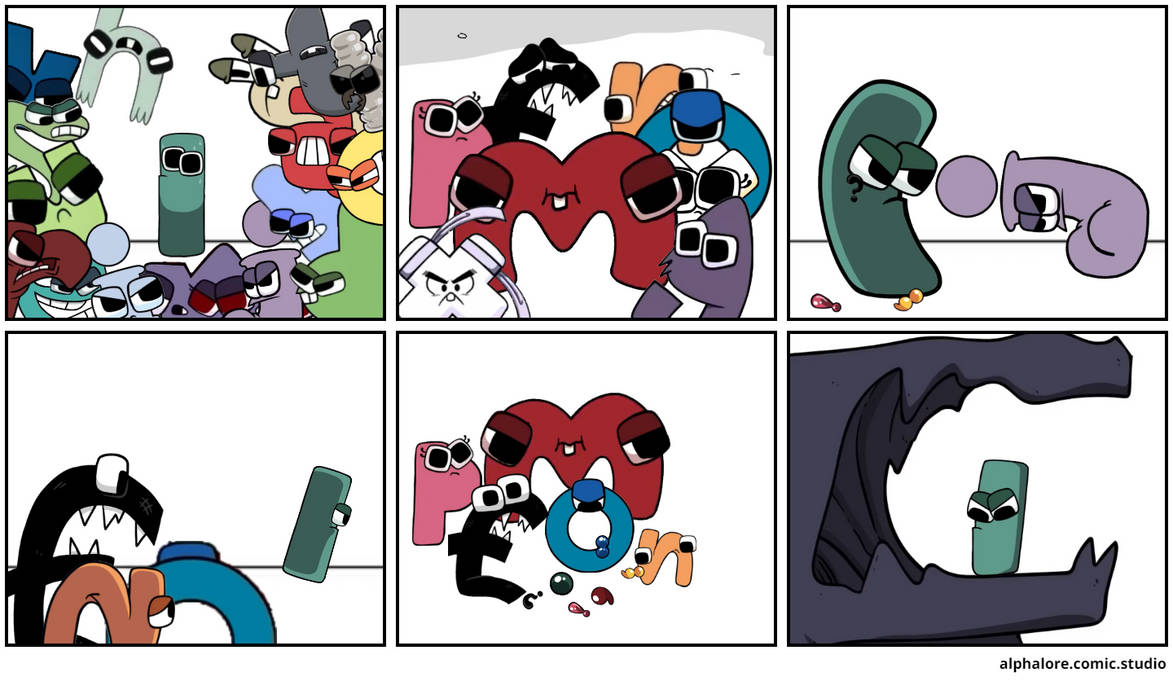 Alphabet Lore What if by MasekKluson on DeviantArt08 novembro 2024
Alphabet Lore What if by MasekKluson on DeviantArt08 novembro 2024 -
 FISU University World Cup 3x3 Basketball08 novembro 2024
FISU University World Cup 3x3 Basketball08 novembro 2024 -
 Kurama Naruto Uzumaki 4K HD Naruto Wallpapers, HD Wallpapers08 novembro 2024
Kurama Naruto Uzumaki 4K HD Naruto Wallpapers, HD Wallpapers08 novembro 2024 -
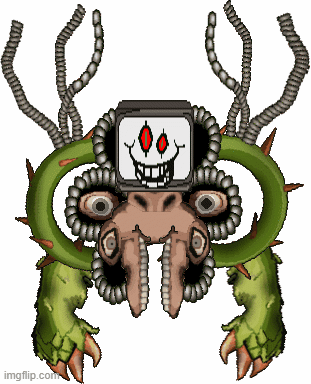 Omega Flowey (Photoshop Flowey) - Undertale - AK1 MUGEN Community08 novembro 2024
Omega Flowey (Photoshop Flowey) - Undertale - AK1 MUGEN Community08 novembro 2024 -
OET for Medical Professionals08 novembro 2024
-
 Made in Abyss: Binary Star Falling into Darkness - Announcement08 novembro 2024
Made in Abyss: Binary Star Falling into Darkness - Announcement08 novembro 2024 -
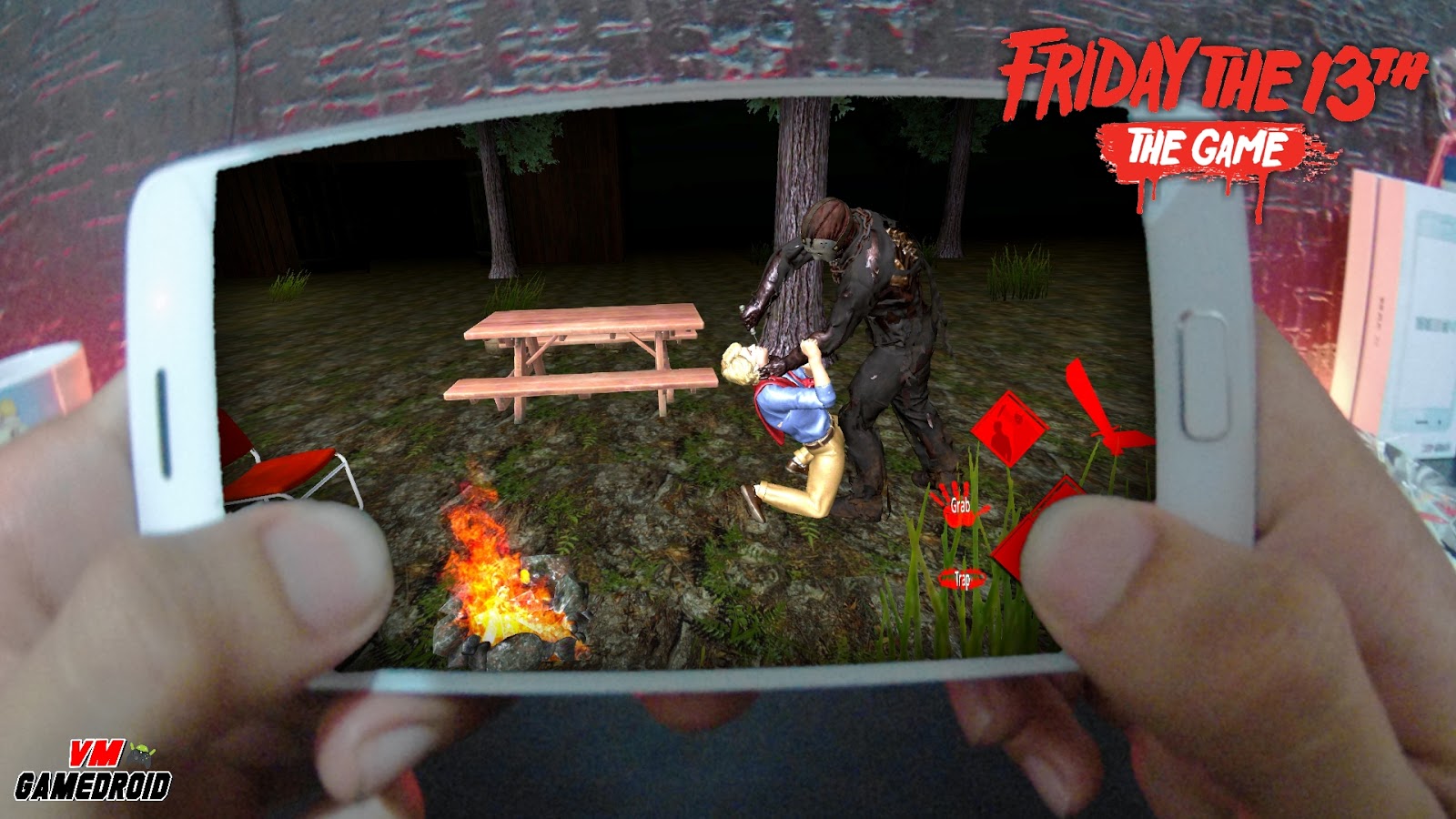 MORRA DE MEDO! FRIDAY THE 13Th THE GAME MOBILE (BETA)08 novembro 2024
MORRA DE MEDO! FRIDAY THE 13Th THE GAME MOBILE (BETA)08 novembro 2024
